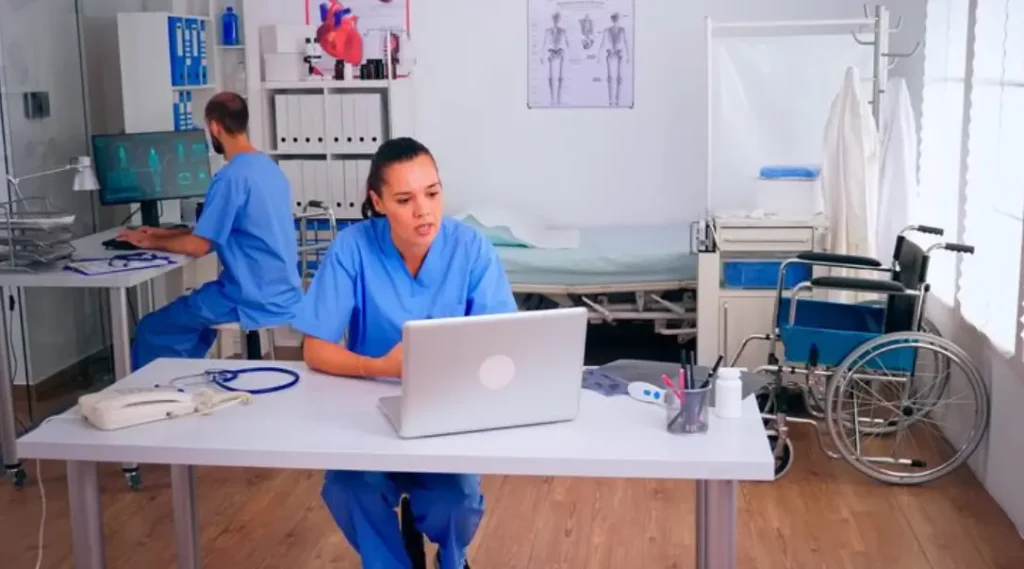Running a small hospital in Pakistan comes with unique challenges, especially when it comes to providing quality patient care with limited resources. Having the right medical equipment is crucial for accurate diagnoses, effective treatment, and patient safety. This guide will help hospital administrators and healthcare providers understand the essential equipment every small hospital should have.
1. Basic Diagnostic Equipment
a. Stethoscopes and Blood Pressure Monitors
- Purpose: Vital for routine check-ups and monitoring patient health.
- Why It’s Essential: Helps detect heart, lung, and blood pressure-related issues early.
b. Thermometers
- Types: Digital, infrared, and mercury thermometers.
- Use: Quick and accurate measurement of body temperature for all patients.
c. Pulse Oximeters
- Purpose: Measure oxygen saturation (SpO₂) in the blood.
- Importance: Especially critical for COVID-19, respiratory illnesses, and COPD patients.
2. Respiratory Support Equipment
a. Oxygen Concentrators
- Purpose: Provide supplemental oxygen to patients with low oxygen levels.
- Tip: Invest in both portable and home-style units for flexibility.
b. CPAP/BiPAP Machines
- Purpose: Treat patients with sleep apnea or respiratory distress.
- Use in Hospitals: Can also be used for short-term respiratory support for patients with lung complications.
c. Nebulizers
- Purpose: Deliver medication directly into the lungs for conditions like asthma.
- Advantage: Essential for pediatric and elderly patients.
3. Emergency and Life-Saving Equipment
a. Ventilators
- Purpose: Support patients who cannot breathe independently.
- Tip: For small hospitals, consider compact or portable ventilators to save space.
b. Defibrillators (AEDs)
- Use: Treat sudden cardiac arrest efficiently.
- Importance: Quick access can save lives in emergency situations.
c. Suction Machines
- Purpose: Remove mucus or other obstructions from airways.
- Essential For: Emergency rooms and ICU setups.
4. Patient Monitoring Systems
- Cardiac Monitors: Track heart rate, rhythm, and detect arrhythmias.
- Multi-parameter Monitors: Measure vital signs such as blood pressure, oxygen levels, and temperature simultaneously.
- Importance: Helps nurses and doctors respond promptly to critical changes in patient health.
5. Laboratory Equipment
- Blood Testing Kits: Essential for routine diagnostics.
- Urine and Stool Analysis Equipment: Detect infections and other conditions.
- Basic Microscope: For lab diagnostics and pathology.
6. Surgical and Minor Procedure Equipment
- Surgical Instruments Set: Basic tools for minor surgeries or emergency interventions.
- Autoclave/Sterilizer: Ensure all surgical instruments are sanitized.
- Examination Tables and Procedure Chairs: Adjustable for patient comfort and safety.
7. Medical Beds and Patient Care Equipment
- Manual & Electric Beds: Adjustable for patient comfort and treatment efficiency.
- Mattresses and Cushions: Pressure-relieving to prevent bedsores.
- Wheelchairs and Stretchers: For patient mobility within the hospital.
8. Pharmacy and Medication Storage
- Medicine Cabinets and Refrigerators: Proper storage for medicines and vaccines.
- Automated Dispensing Units: Reduce errors in medication distribution.
9. Hygiene and Safety Equipment
- Hand Sanitizers and Disinfectants: Critical for infection control.
- Gloves, Masks, and PPE: Protect staff and patients from infectious diseases.
- Sharps Disposal Containers: Safe disposal of needles and other sharp objects.
10. Administrative and Support Equipment
- Computers and Hospital Management Software: For patient record management.
- Backup Power Supplies (UPS & Generators): Ensure continuity during power outages.
- Communication Systems: Phones, intercoms, and alert systems for smooth hospital operations.
Conclusion
A small hospital in Pakistan can provide high-quality patient care by investing in the right medical equipment. Prioritizing essential diagnostic tools, respiratory devices, emergency equipment, patient monitoring systems, and hygiene solutions ensures that the hospital is prepared for routine care and emergencies alike.
Proper planning and smart purchasing decisions can help small hospitals operate efficiently, improve patient outcomes, and maintain safety standards.

